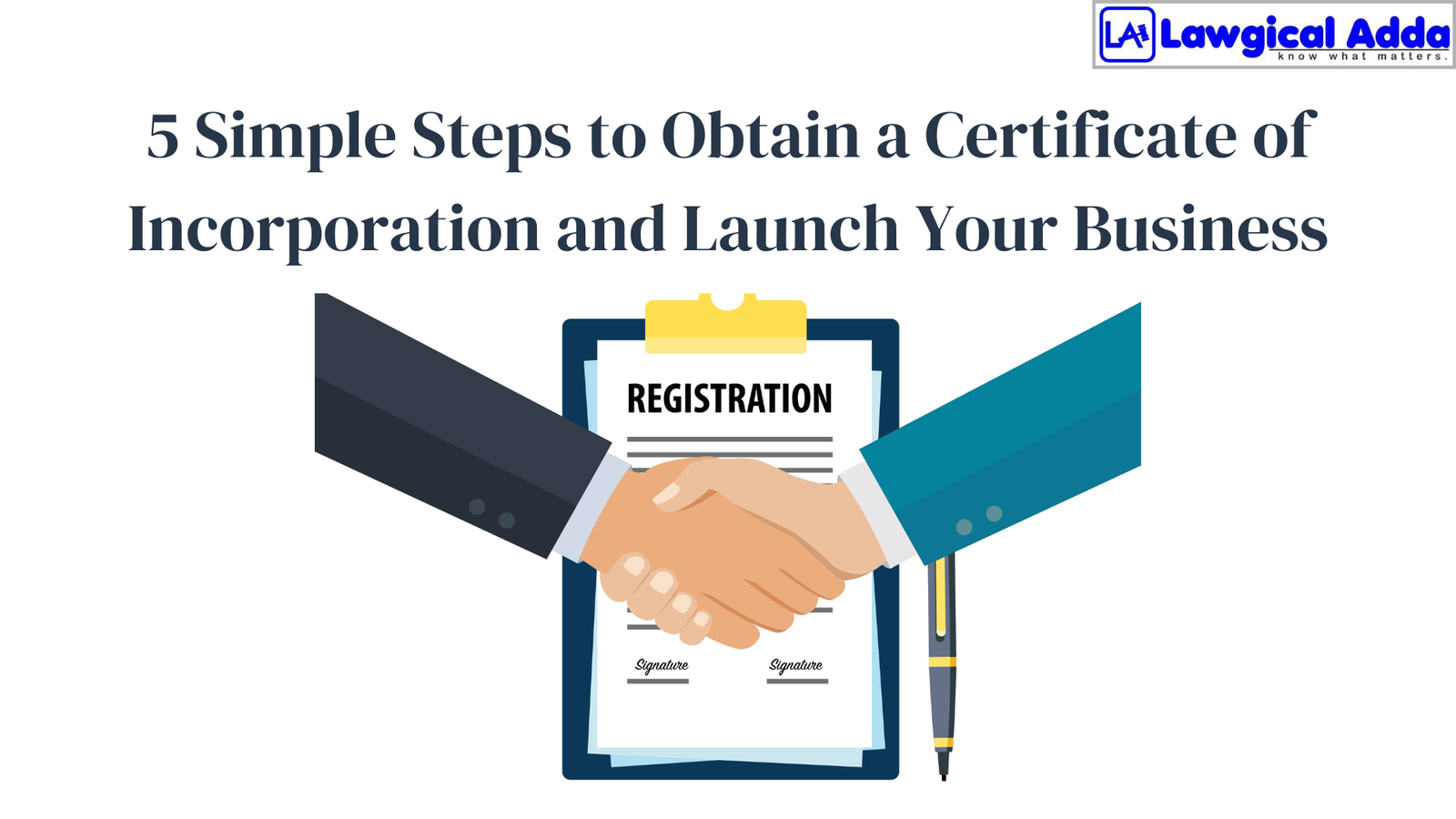Conversion of Partnership Firm into LLP

Table of Contents
Introduction
Anticipating the Conversion of partnership into an LLP? Read the entire blog to grasp every facet of the conversion from partnership firm to LLP. This covers the method, documentation involved, perks, and liabilities.
Converting a partnership firm into an LLP is the best option to protect your partners’ liability or ensure the business’s perpetual continuation.
A Limited Liability Partnership (LLP): What is it?
The Limited Liability Partnership Act of 2008 and the LLP Rules of 2009 established limited liability partnerships (LLPs), the official kind of business organization in India. One type of partnership in which each member has limited liability is a limited liability partnership (LLP).
It is an alternative corporate structure for business organizations that offers the flexibility of a partnership and the restricted liability of a company. Its existence persists even if its owners and partners change. It can hold property in its name and to enter into contracts.
It is a distinct legal entity with unlimited responsibility based on its assets, while the partners’ liability is capped by the amount they agreed to contribute to the LLP. One partner in an LLP is not accountable or liable for the wrongdoing or carelessness of another partner.
An agreement between the partners, or between the partners and the LLP, as the case may be, governs all of the partners’ rights and responsibilities inside the LLP.
LLP vs. Partnership Firm: Why Select an LLP Instead of a Partnership Firm
It is critical to comprehend the unique benefits of an LLP when contemplating a strategic conversion from a partnership business. There are several ways in which Limited Liability Partnerships (LLP) excel over ordinary partnerships.
If you’re launching a partnership firm, an LLC is the greatest structural option for incorporation, daily management, taxation, and compliance.
Requirement for Conversion of Partnership into LLP
The following list includes some essential requirements for transforming a partnership business into an LLP:
- An LLP can only be formed from a partnership firm registered under the Indian Partnership Act of 1932.
- If the partnership firm has enough assets to pay off its liabilities, it is said to be solvent.
- For the conversion to occur, all partners must give their unanimous consent.
- The partners must approve the proposed LLP agreement’s terms and conditions.
- Partners must certify that the company is solvent and can pay its debts.
- The partnership firm’s whole asset and liability portfolio is transferred to the LLP.
- Obtain NOCs from the partnership firm’s current creditors.
- The conversion requires the approval of any secured creditors, if any.
- After the conversion, create a new bank account in the name of the LLP and close the partnership firm’s current one.
How to Proceed with Conversion of Partnership into LLP ?
When converting a partnership into an LLP, the following process needs to be taken into account:
- Acquire DSC (Partners’ Digital Signature Certificate).
Each member must obtain a digital signature certificate to convert a partnership into an LLC.
- Acquire the DPIN or DIN.
The partners must obtain the designated partner identification number in the second stage. A partnership’s DPIN will be issued, and it will be active for life.
- Acceptance of Name
The partners must submit the Form FiLLip in the next phase. To become an LLP, the partners of the partnership firm must complete this stage.
- Completing Form-3
Every information specified in the LLP agreement must be submitted using Form 3. The details about the LLP also need to be mentioned. This needs to be sent with the original copy of the LLP agreement attached.
The LLP agreement needs to contain the following details. It is required that the following data be submitted with Form-3:
- Details about the limited liability partnership (LLP), such as its name, the identities of its authorized partners, the number of partners, and the percentages each partner shares in the business.
- Any further details about the LLP.
- The Firm Partners’ Rights and Duties.
- A capital contribution about the partners.
- Completing Form 17
The partners must submit this form to apply for the conversion of partnership into LLP. Each of the firm’s partners must sign the declaration. For the same procedure, each partner’s digital signature is needed. A chartered accountant, corporate secretary, or cost accountant must also sign this. Several documents need to be submitted with this form:
- Assent from the firm’s partners.
- A certified list of the company’s assets and liabilities.
- Particulars concerning the company’s creditors.
- Every partner’s agreement that the company will handle the conversion procedure.
- A copy of the company’s income tax returns.
- Certificate of Incorporation
Following this procedure, the partnership would receive its certificate of incorporation from the Registrar. In other words, the LLP would receive all the interests, assets, and liabilities.
On the other hand, the company would need to submit fresh applications for licenses and registrations if they have additional authorization forms.
- Personal Registrar of Companies
The last stage requires the LLP partners to notify the firms of the partnership’s conversion to an LLP. After this procedure, Form 14 must be sent to the Registrar within 15 days.
Conclusion
The Limited Liability Partnership Act of 2008 governs the systematic process of converting a partnership into an LLP in India. Management, liability, and legal structure are the main differences between an LLP and a typical collaboration.
There are benefits to choosing an LLP over a partnership firm, including easier management, tax breaks, and more credibility.
If you need assistance with Converting an LLP into a Private Limited Company, registering a Section 8 Company, Public Limited Company, or Private Limited Company, or need assistance with checking company name availability, reach out to Lawgical Adda for expert guidance. Contact us today!
Lawgical Adda’s solution provides end-to-end management of corporate governance and secretarial compliances, encompassing every phase of the entity life cycle. Don’t hesitate to get in touch with us if you want more information on the compliance standards and to outsource them to us.







